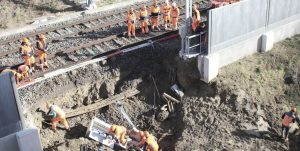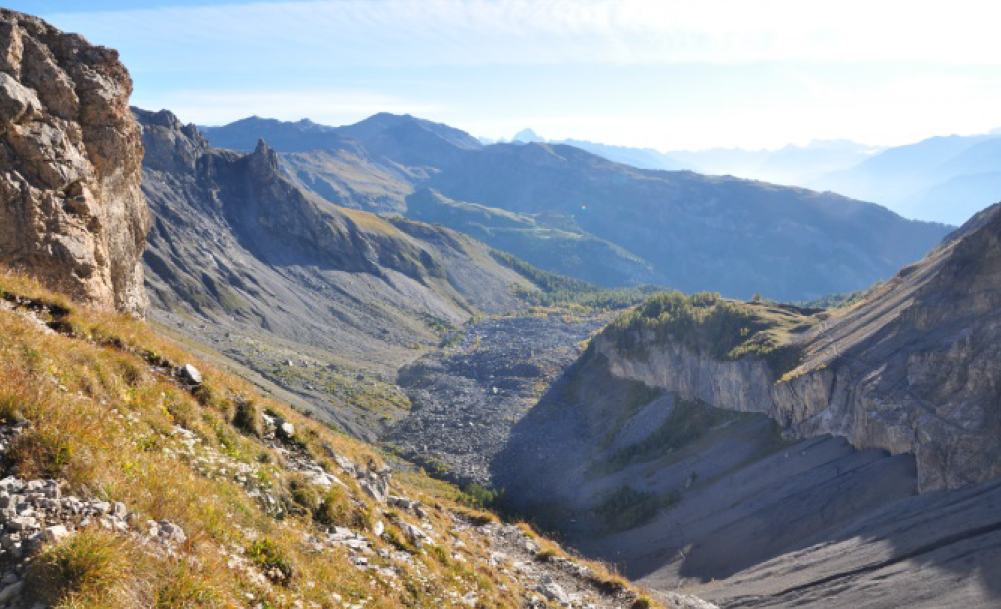Raja Mastouri
Director: Prof. Michel Jaboyedoff
Jury: Prof. Samir Bouaziz, Prof. François Marillier, Dr. Robin Marchant, Vice-Dean Suren Erkman
The detailed knowledge of the tectonic processes affecting the Gulf of Gabes, Eastern Tunisia domain, is essential in attempting to fully understand the controls of fracture development.
The 3D seismic interpretation provides a good opportunity to analyze the subsurface images better. In fact, the geometrical characteristics of the different associated fault systems and the basin individualization are well established using the 3D techniques.
Two principal systems (NW-SE and NE-SW trending extensional faults) were active during the Cenozoic and Quaternary in different phases. These faults form a series of grabens that vary in length from a few to several hundred kilometers. The structuring of NE-SW en-echelon faults indicates a strike-slip type of bordering faults. In this work, we focused on the evolution of the tectonic structures in the basin that shows the continuous extension phases of the Upper Cretaceous to Pliocene. Outcrop analogues were used to better understand fracture systems in petroleum reservoirs. In the last years, new developments in 3D high-resolution technology such as Terrestrial Laser Scanning (TLS), photogrammetry digital and GigaPan provided precise 3D high-resolution data and opened new prospects for structural studies.
In this study, TLS scan data and photorealistic model were used to analyze density, spacing, and orientation of fractures that characterize the carbonate analogue of the Eocene El Garia Formation (Ousselat cliff and Jebil anticlinal) and Reineche Formation (Damous quarry), exposed in Eastern Tunisia. The analysis of fracture and fault spacing provides provided significant information on their geometric distributions and orientations. In addition, the 3D model obtained by Structure from Motion (SfM) was used to analyze density and orientation of fractures that characterize the carbonate of the Eocene Bou Dabbous Formation (Foundek el Jedid quarry). The synthesis of both sites would underline the regional features. The two main regional fracture systems trending NW-SE to NNW-SSE and NE-SW to NNE-SSW were identified. Furthermore, these systems also affected the main reservoir formations of the El Garia and Bou Dabbous reservoirs in the Eastern Tunisia. Besides, these fractures influenced fluid flows in this reservoir.
The data obtained from analogue outcrops and the 3D seismic highlight the similarity in geometry structures and fracture orientations. This combination of analogue outcrops and the 3D seismic data also shows that this basin is affected by extensional faults (N160 and N040) in offshore. In contrast, the Eocene reservoirs in onshore are affected by extensional faults (N160 and N040), and the compressive fault N030.


